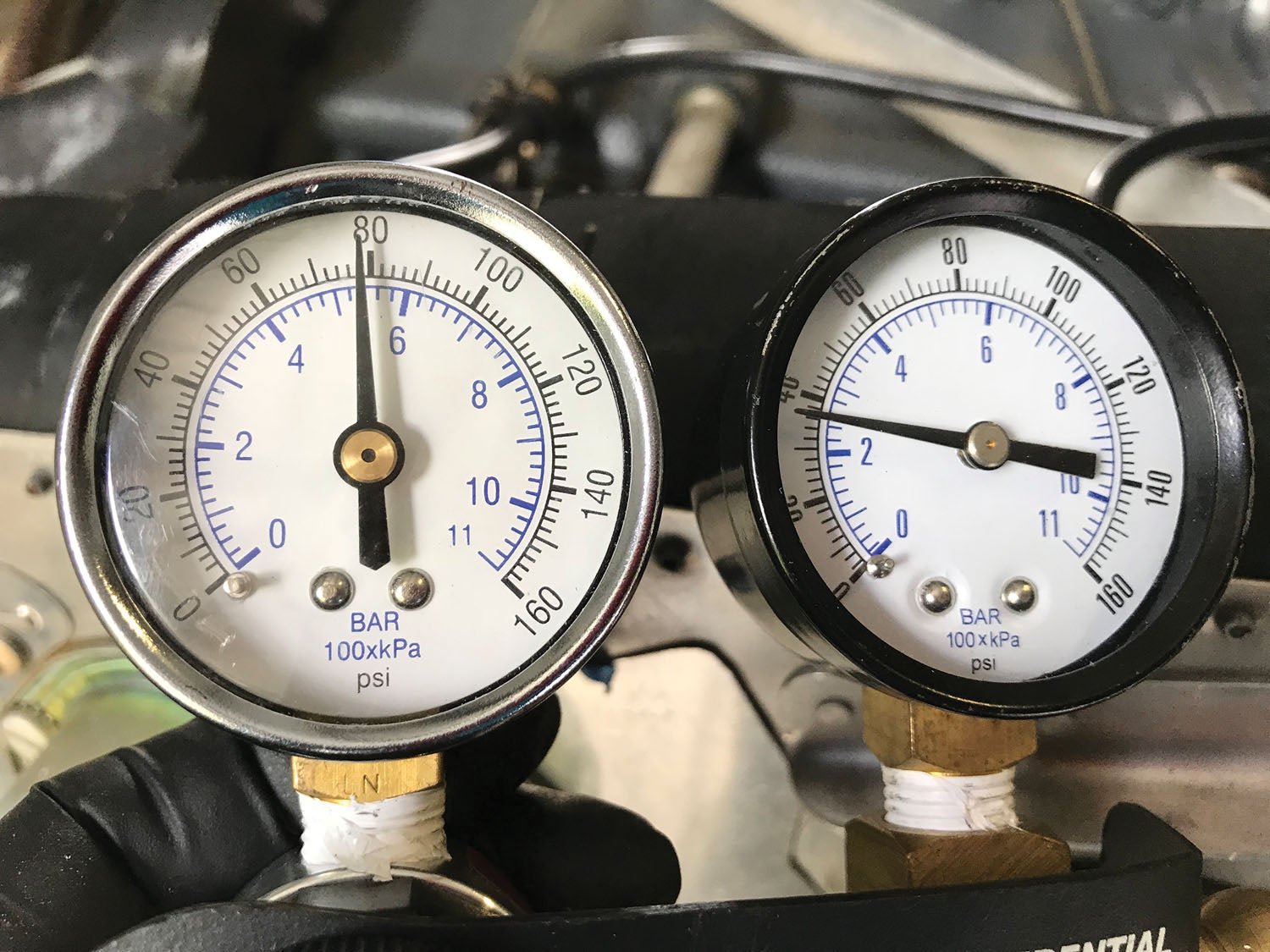Usually, we look for something greater than 60/80 when doing compression checks on Lycoming engines. A reading such as this one (36/80) really warrants further investigation. In this case, a borescope picture showed an exhaust valve that was in danger of imminently failing. It’s easy to find the air leakage when doing a compression test by placing your ear at either the oil filler tube (usually indicates leakage by the rings) or at the exhaust stack (will indicate exhaust valve leakage) or at the air intake (which will indicate a leaking intake valve).
In Case You Missed It
Light Stuff
Dave Martin - 0
Dave Martin finds a Light Sport seaplane at the 2009 Sebring LSA Expo that made a real splash.
DIY Wind Indicator
Chuck Deiterichs description of a do-it-yourself wind indicator project includes tips, drawings, a parts listing, in-progress photos and a look at the finished product. His experimentation with the highly visible design takes the guesswork out of doing it right.
Carburetor Maintenance
Dave Prizio - 4
Neglect is the biggest enemy of your carburetor. Take care of it and it will take care of you.
Give Yourself a Brake
Dave Prizio - 0
Brakes are pretty simple to install and maintain, but they are also pretty important....














